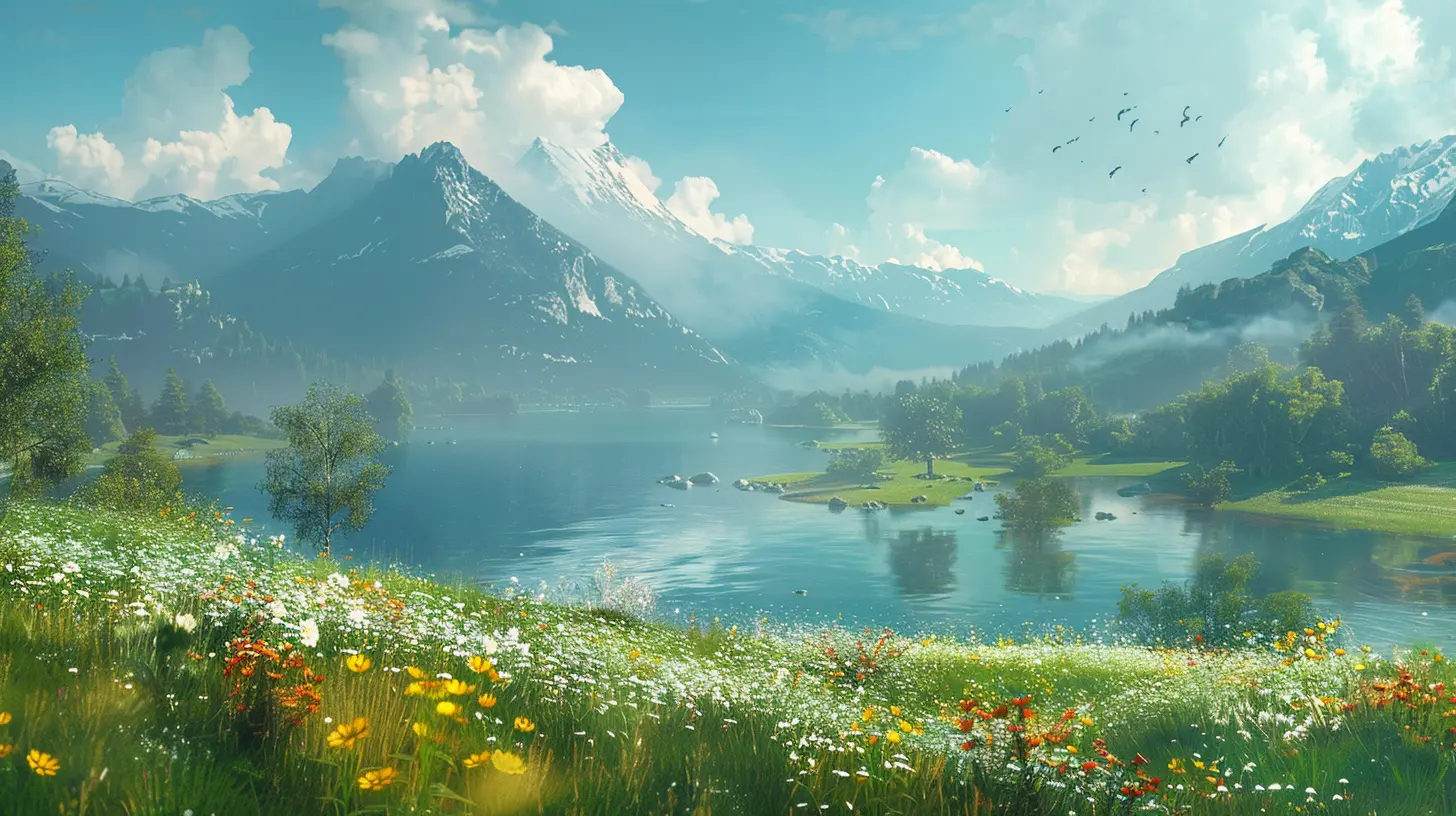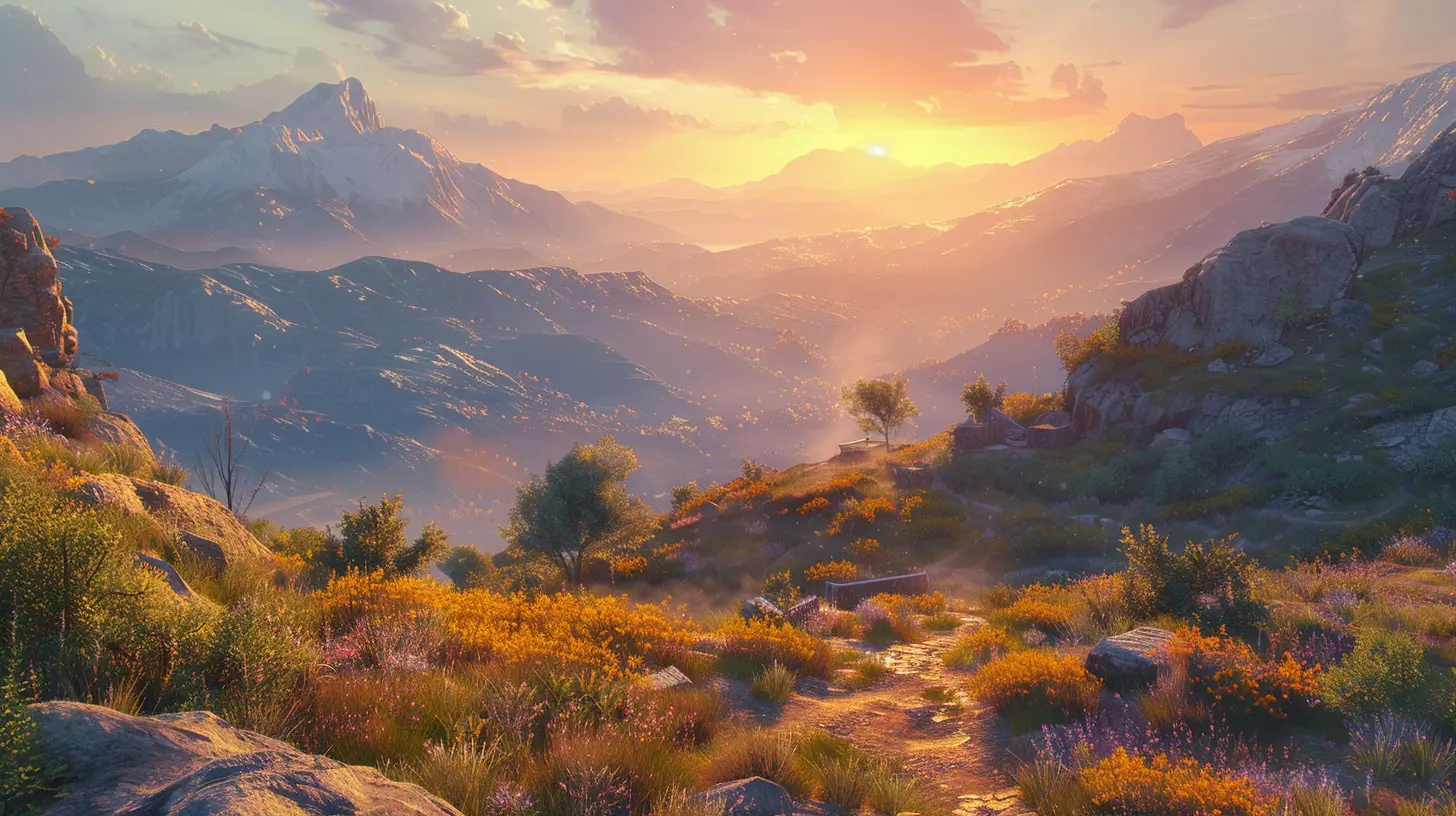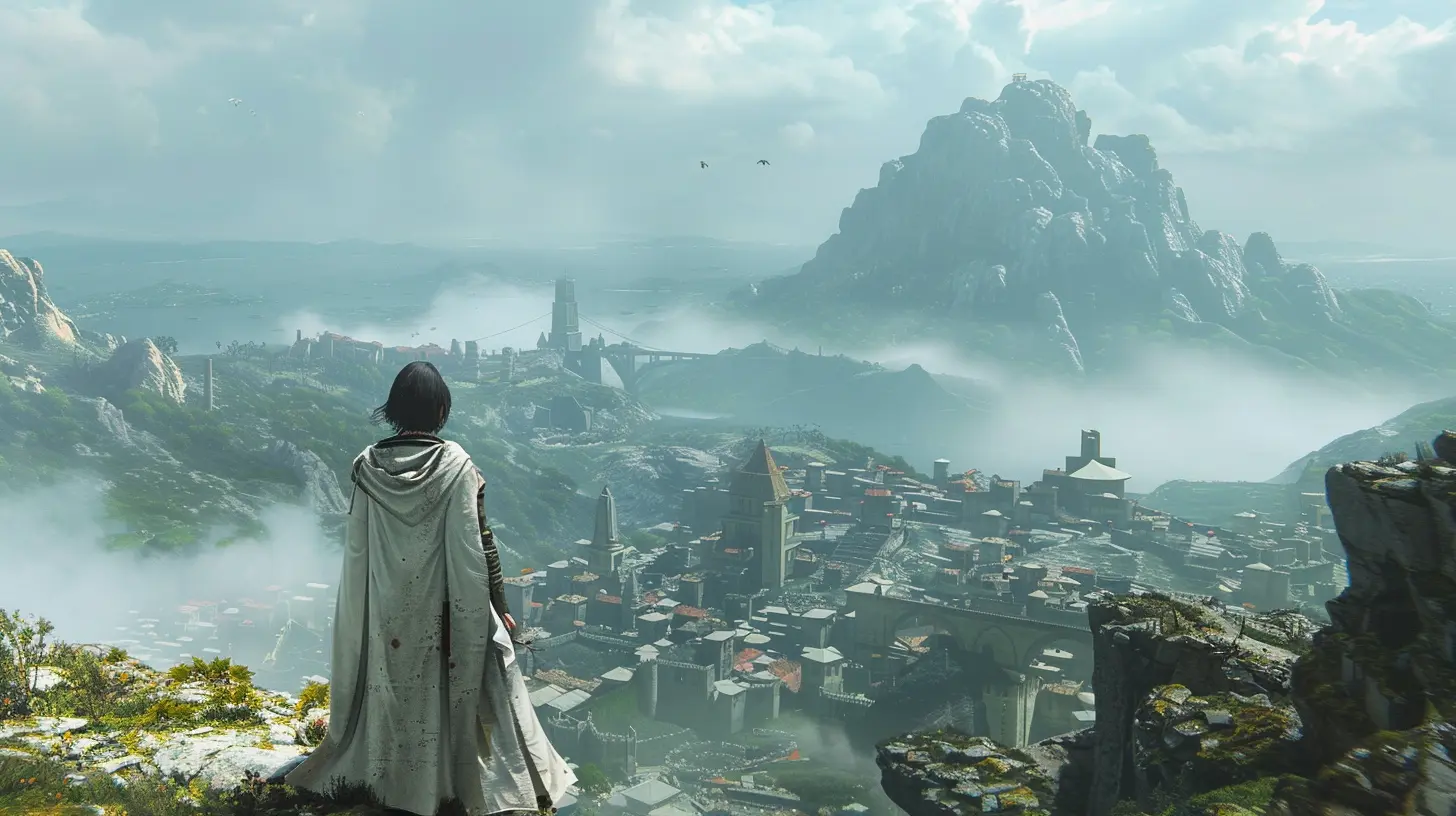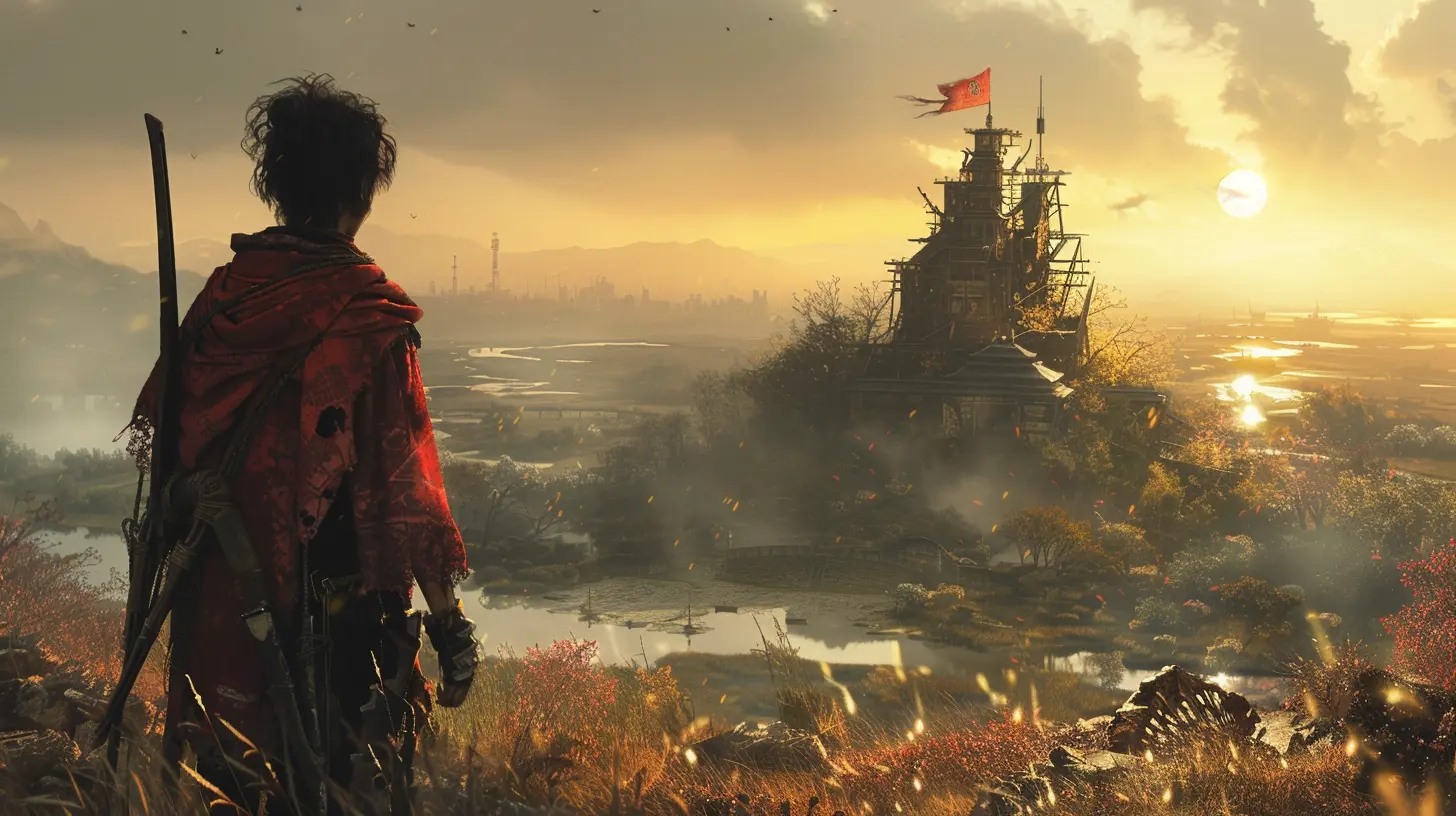How Open Worlds Encourage Multiple Playthroughs
9 August 2025
Ever found yourself booting up a game for the second... third... maybe even the fourth time just to try something new? If you've spent hours roaming through the vast lands of titles like Skyrim, The Witcher 3, or Red Dead Redemption 2, you're not alone. Open-world games have this magnetic pull that makes us want to dive back in, over and over.
But why is that?
Let’s dig into the magic behind open-world games and break down what makes them so replayable.
What Makes Open-World Games So Addictive?
There’s something special about freedom in a game. Open-world titles hand you the keys to a digital landscape and whisper, “Go wild.” No railroaded missions. No fixed paths. Just you, your choices, and a sprawling world full of secrets.This kind of player agency stirs curiosity. We start wondering:
_"What if I took a different path?"_
_"What if I made a different choice?"_
_"What would’ve happened if I sided with the other faction?"_
And just like that, we’re back at the main menu, starting a new save.
Choice-Driven Storytelling: A Replay Goldmine
One of the biggest reasons we return to open-world games is the branching narrative. Unlike linear games that offer a one-and-done experience, open worlds often come stacked with multiple storylines, different endings, and choices that actually matter.Take Fallout: New Vegas, for example. Depending on who you align with—Caesar’s Legion, NCR, Mr. House, or going solo—the entire endgame shifts. That’s not just a different cutscene; it's a whole different feeling.
These moral choices, faction paths, and relationship dynamics make players sit back and think, “Okay, next time, I’m doing it differently.”
Example Playstyles That Shape Stories:
- A stealthy assassin vs. a loud, guns-blazing mercenary- A noble hero helping every NPC vs. a chaotic villain
- A loyal follower of one faction vs. a double agent
Every playstyle gives birth to a slightly (or wildly) different world. That’s powerful.
Emergent Gameplay: Creating Your Own Adventures
Let’s be real—some of the best stories in open-world games weren’t written by the developers. They were written by you.Ever caused a massive cow stampede in Red Dead Redemption 2? Or taken down a dragon in Skyrim with nothing but a fork?
Open-worlds shine in what’s called emergent gameplay. These are scenarios born purely out of game mechanics, physics, and interactivity. It's unscripted fun—and it changes every time you play.
One run you might explore as a monk who never attacks anyone. Next, you’re a kleptomaniac stealing everything that’s not nailed down. The world reacts differently. Encounters change.
And with so many tools at your disposal—a sandbox of weapons, gadgets, creatures, and physics—the possibilities feel endless.
Side Quests That Feel Like Main Quests
We’ve all been there: you set out to complete the main quest... but 60 hours later, you haven’t touched it. Why? Because the side quests are just that good.Games like The Witcher 3 and Horizon: Zero Dawn pack their worlds with rich, deep side content that rivals Hollywood screenwriting. These aren’t just fetch quests—they're emotional, layered, and often affect the world around you.
And here’s the kicker: you probably missed quite a few.
So when you go for a second playthrough, you start hunting for those side stories. That one questline you ignored? It might totally shift your perception of the world—or unlock a new area altogether.
Each time, there's something new to uncover. Like peeling an onion, except this onion has swords and dragons.
Customization Adds New Layers
Skyrim with heavy armor and dual-wielded axes feels like one game. But swap that out for robes and spellbooks, and suddenly, you’re in a completely different universe.Character builds in RPGs and open-world games aren’t just about stats—they redefine gameplay. Want to play a high-charisma bard who talks their way out of every fight? Or maybe a silent sniper who never gets caught?
With each build, your strategies, interactions, and even outcomes change. It's like playing a different game within the same map.
Custom Builds That Encourage Replays:
- Tanky warrior vs. glass-cannon mage- Charisma-based talker vs. brute-force brawler
- Stealth archer vs. berserker barbarian
Each playstyle bends the open world in new directions.
Open Worlds As Living, Breathing Ecosystems
A huge part of the charm in open-world games is that they feel alive. NPCs go about their daily routines. Weather patterns shift. Wildlife interacts with one another. Towns change based on your choices.This dynamic nature adds depth to every corner of the map—and it subtly encourages players to revisit areas under different conditions.
Ever returned to a village in one playthrough only to find it burned down in another due to different choices? That emotional “whoa” moment hits hard.
Suddenly, your actions carry weight. And that weight makes us curious:
_"What if I had saved the town?"_
_"What if I had joined the rebellion instead?"_
And bam—you’re 10 hours deep into another playthrough.
Mods & Player-Created Content
Ah yes, the beauty of mods.If your main reason for replaying a game is “I’ve done everything,” mods are your saving grace. Games like Skyrim, Minecraft, and Grand Theft Auto V have thriving modding communities that basically add new games inside the game.
Some of them overhaul entire mechanics, introduce new lands, add storylines, or just make hilarious cosmetic tweaks (who wouldn’t want to replace dragons with flying Thomas the Tank Engines?).
Mods extend longevity like nothing else. Pair that with the open-world format, and you’ve got a playground that feels fresh every time.
Multiplayer and Online Open Worlds Bring New Scenarios
We’ve mostly talked about single-player experiences, but let’s not forget the digital jungles in games like GTA Online, Red Dead Online, and No Man’s Sky.These shared worlds are unpredictable because of one variable: other players.
One session could have you peacefully hunting deer. The next? You’re dodging explosions caused by a 12-year-old in a jetpack.
This chaos makes repeat playthroughs weirdly addicting. You’re never sure what will happen next. And with constant updates, seasonal events, and evolving meta, these games practically beg you to keep coming back.
Conclusion: A World Worth Repeating
Open worlds aren’t just big maps—they’re canvases where every choice, build, and decision paints a new picture. They’re full of hidden gems, branching paths, and dynamic outcomes that evolve every time you start over.Whether it's rediscovering old areas with a new build, making different choices that reshape the story, or just causing chaos for the fun of it, the replay value is sky-high.
So, next time someone asks why you’re playing the same game again, just tell them:
"It’s not the same game. Not this time.
all images in this post were generated using AI tools
Category:
ReplayabilityAuthor:

Luke Baker
Discussion
rate this article
2 comments
Maisie McAnally
What a thoughtful exploration of open worlds! It's incredible how they invite us to lose ourselves in their depths, each decision leading to a new adventure. The freedom to explore and experience different narratives truly enriches our connection to the game. Thank you for capturing this magic!
December 9, 2025 at 3:19 PM
Talis McAllister
Open worlds are not just landscapes; they are endless journeys. Each playthrough unveils new stories and experiences, igniting our passion to explore and discover!
August 15, 2025 at 2:33 AM

Luke Baker
Absolutely! Open worlds offer unique narratives and experiences that keep players coming back for more, ensuring that no two journeys are the same.


